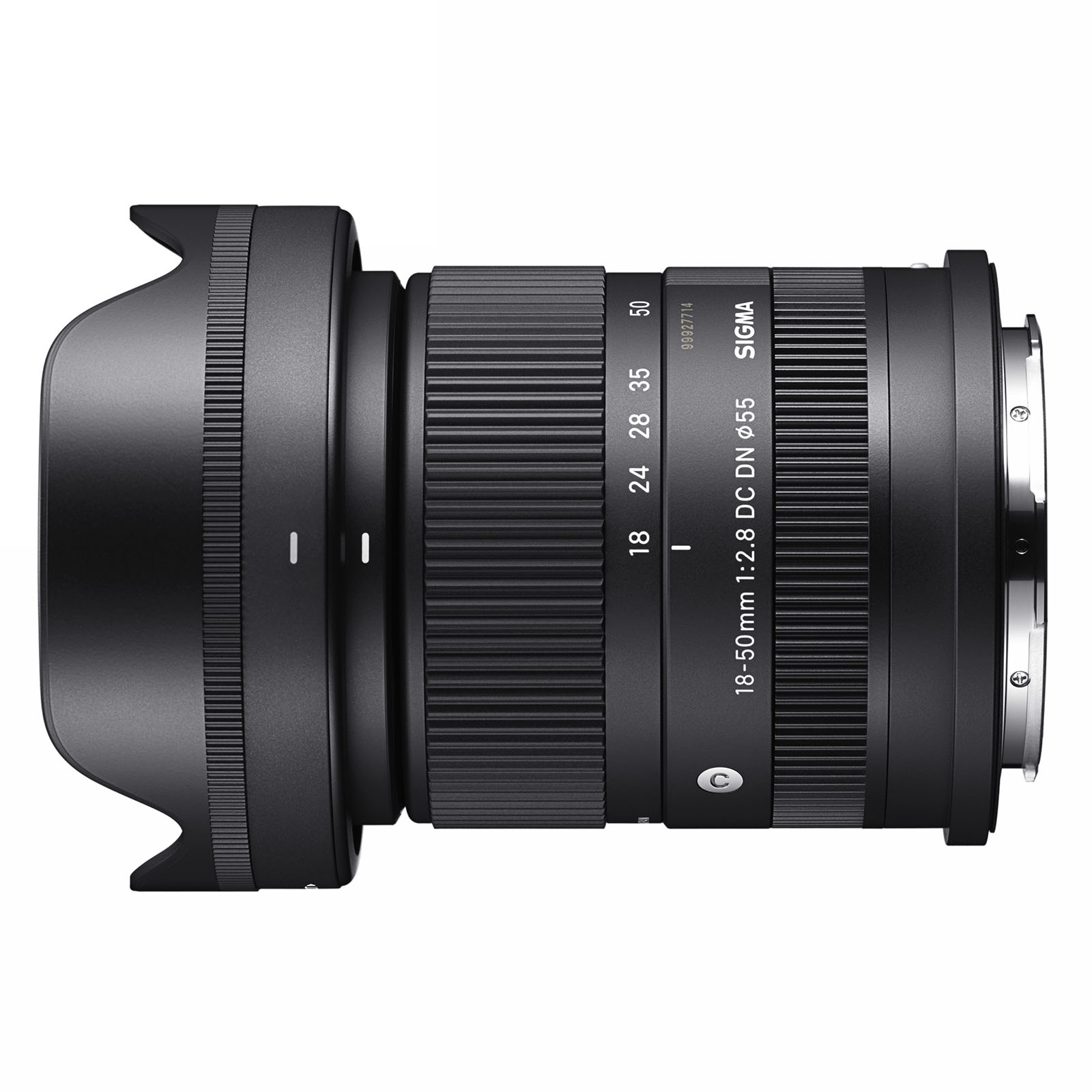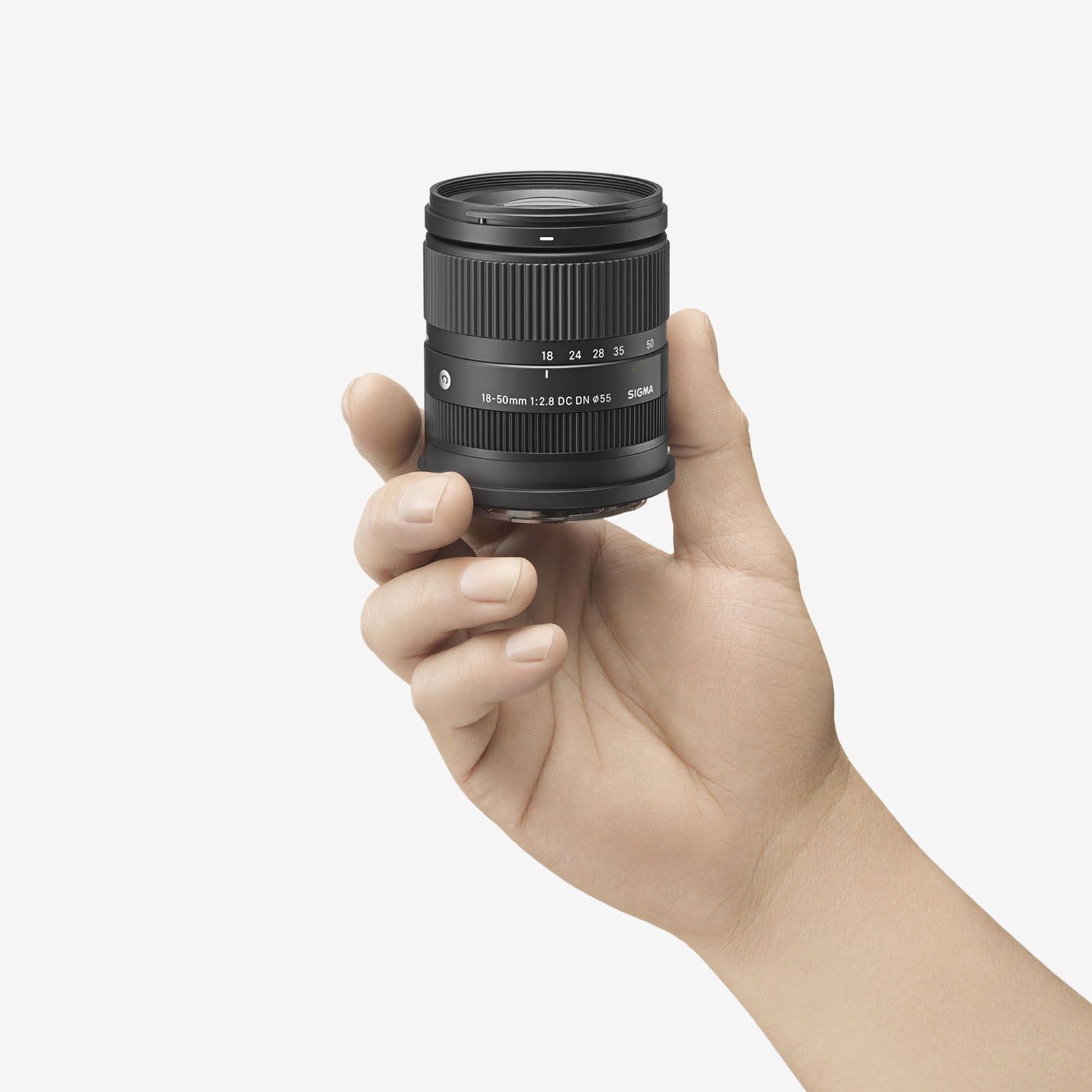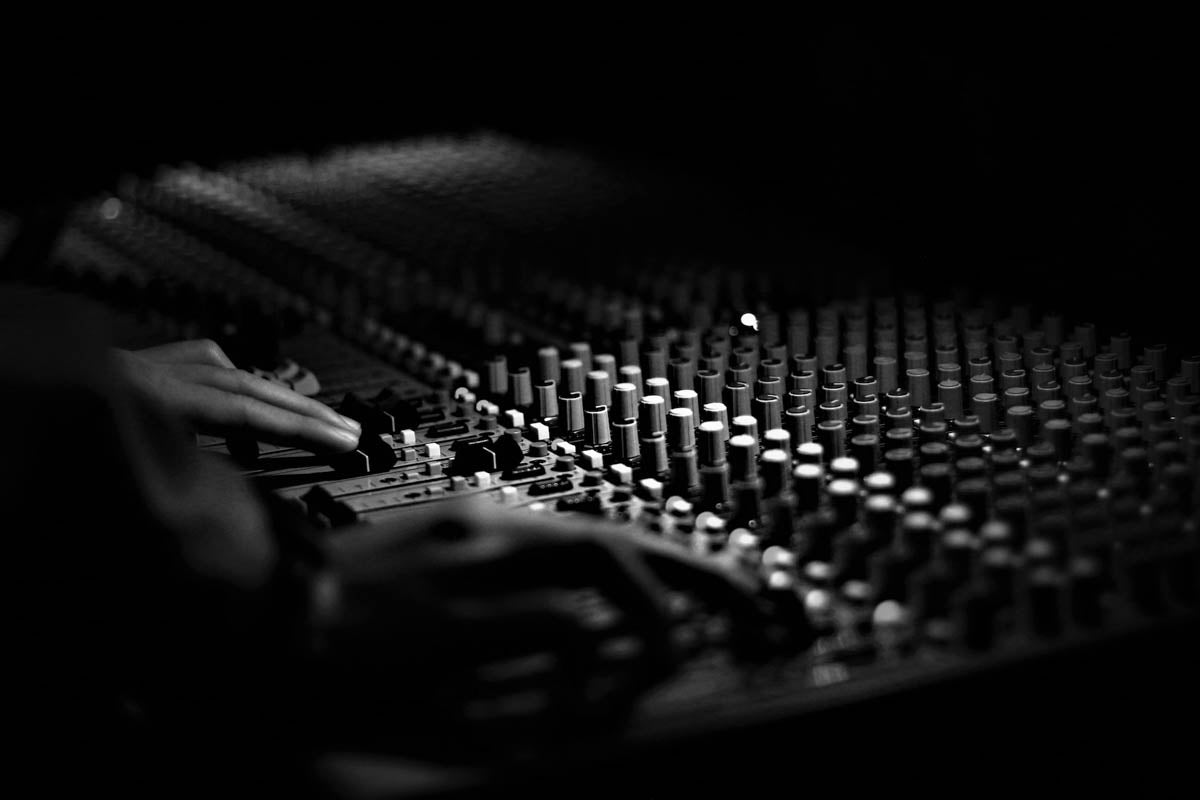Product Description
Sigma 18-50mm F2.8 DC DN Contemporary - Fujifilm X Mount
The Sigma 18-50mm F2.8 DC DN Contemporary lens for Fujifilm X Mount is a versatile and compact zoom lens designed for APS-C mirrorless cameras. With exceptional optical performance, robust construction, and an f/2.8 constant aperture, this lens is ideal for a variety of shooting scenarios, including portraits, landscapes, and close-ups.
Key Features
Exceptional Optical Performance
- Zoom Range: Full-frame-equivalent focal length of 27mm to 75mm, offering a versatile range from wide-angle to short telephoto.
- Advanced Optical Design: Incorporates one Special Low Dispersion (SLD) element and three aspherical elements to minimise chromatic aberration, ghosting, and flare, ensuring superb edge-to-edge sharpness.
- MTF Measuring System: Each lens is tested with SIGMA’s proprietary A1 MTF measuring system for guaranteed optical performance.

Constant Aperture for Creative Control
- f/2.8 Constant Aperture: Allows for beautiful background blur (bokeh) and excellent low-light performance.
- Shallow Depth of Field: Perfect for isolating subjects in portraits and creating professional-quality images.
Close-Up Capabilities
- Minimum Focusing Distance: 12.1cm (4.8 inches), enabling close-ups of small subjects like flowers or insects.
- Maximum Magnification: 1:2.8, ideal for capturing fine details in macro-style photography.
Durable and Lightweight Design
- Compact and Lightweight: Weighs less than 300g and measures under 77mm, making it easy to carry and handle, even during extended shoots.
- Robust Construction: Features a Thermally Stable Composite (TSC) outer barrel combined with an aluminium internal structure for durability and consistent performance in varying temperatures.
- Dust- and Splash-Proof: Provides additional protection for outdoor and everyday use.
Designed for Fujifilm X Mount
- High-Precision Bayonet Mount: Durable brass mount ensures a secure and reliable connection to your Fujifilm X series camera.

Additional Features
- 7-Blade Rounded Diaphragm: Produces smooth, circular bokeh.
- Petal-Type Lens Hood: Reduces unwanted light and protects the lens from accidental bumps.
- Made in Japan: Crafted with SIGMA’s renowned attention to detail and quality assurance.
Specifications
- Focal Length: 18-50mm (27-75mm full-frame equivalent)
- Aperture Range: f/2.8 (constant)
- Minimum Focusing Distance: 12.1cm
- Maximum Magnification: 1:2.8
- Weight: < 300g
- Length: < 77mm
Why Choose the Sigma 18-50mm F2.8 DC DN Contemporary?
- Versatile Range: Covers wide-angle to short telephoto, suitable for various genres of photography.
- Professional Performance: Outstanding sharpness and optical quality across all apertures.
- Compact and Portable: Perfectly balances with modern Fujifilm APS-C mirrorless cameras.
Order Your Sigma 18-50mm F2.8 DC DN Today
Upgrade your photography with the Sigma 18-50mm F2.8 DC DN Contemporary lens for Fujifilm X Mount. With its unmatched combination of performance, portability, and durability, this lens is an essential addition to any photographer’s kit. Capture stunning images with ease!
Payment & Security
Your payment information is processed securely. We do not store credit card details nor have access to your credit card information.




























